How to Play DemaciPod
If you told me on release that the best place to put a six drop with Enlightened printed on it was in a Demacia-based tempo deck, I would probably have called you crazy.
I’m Jordan “WhatAmI,” Abronson, and today we’re hopefully going for crazy like a fox rather than the less useful pants-on-head variety.
Please welcome my favorite deck of the new expansion, DemaciPod.
We’re looking a lot like the old school Fiora/Shen decks with a few new tweaks added on.
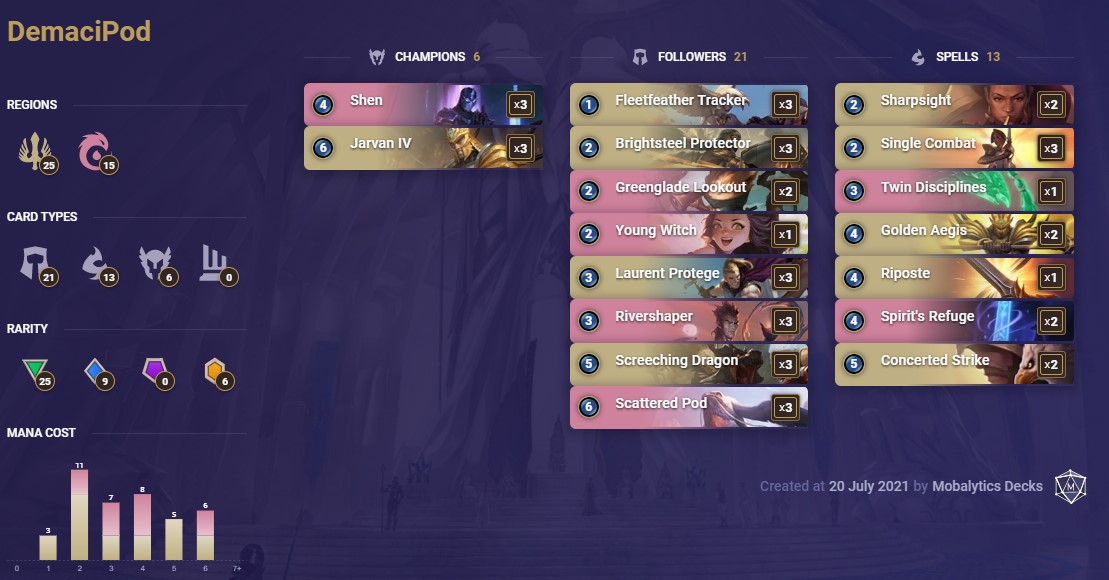
Deck code: CECQIAIABEFRUHICAEBCAKYBAMAAMAIEAAEACBACCQCAEAICEQSQCAYABYAQIAACAEBAAAIDAEBQECQBAEBAYAIBAASQ
However, there are some very important differences here that change the way a lot of your games play out.
First off, we’re only on thirteen spells now, as opposed to the traditional seventeen-eighteen. This means we will brick a lot less but are intentionally setting up to play more proactively.
That’s good because with Fiora not really pulling her weight anymore, one of our main comeback and reactive win conditions is no longer with us.
All this put together means that we are now significantly more a curve-based tempo deck than we are a reactive control style deck.
Pod at the top end adds to this as it will often just be grabbing rally to swing in multiple times for the win.
Phase One: The Kickoff
The first few turns are a lot more important in this version than they used to be. Back in the old days we’d often be perfectly happy simply sitting around until turn three and then protecting whatever came down then and hoping it won us the game. Now we’ve got to be a bit quicker than that.
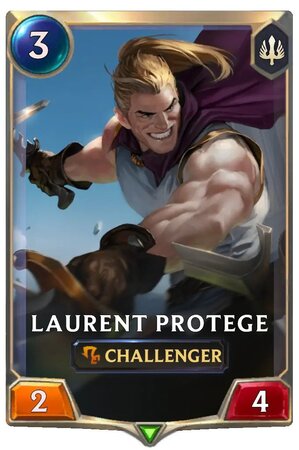
This should reflect in your mulligan decisions. While it is sometimes still ok to keep some of your beefier units in matchups where they are important, if you don’t have one of Fleetfeather Tracker, Laurent Protégé, or Greenglade Lookout, I would seriously consider throwing the whole thing back.
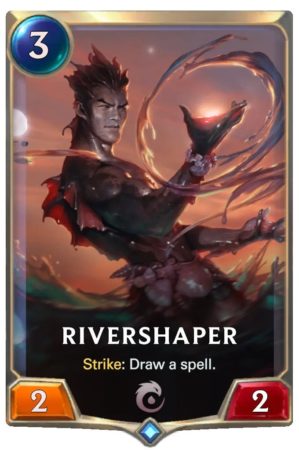
Rivershaper is nice and all, but it can be hard to rely on the card advantage he brings to win a game all on its own in the fast paced meta we currently reside in. He still makes the cut because of all the powerful synergies he provides, but this card is not the third champion it used to be.
Phase Two: The Pressure


Turn four to six or so and it’s where this deck really shines. Between Shen, Screeching Dragon, Jarvan, and our array of combat tricks we can heavily out tempo most if not all decks in the mid-game.
However, this is also where one of the deck’s main weaknesses comes into play. You will often find yourself light on resources very quickly. Make sure you keep your end goal in sight and ask how you’re going to get there at every turn. That will help you make the decision of how and when to spend each creature, trick, or piece of removal that your deck offers up.
I’ve had plenty of times where I lose to a mid-late game threat that if I had been willing to tank a few more points of damage I would have had the necessary removal spell ready for, thus locking up the game. Life is a resource, don’t be afraid to use it when you need to.
Phase Three: Pod Power
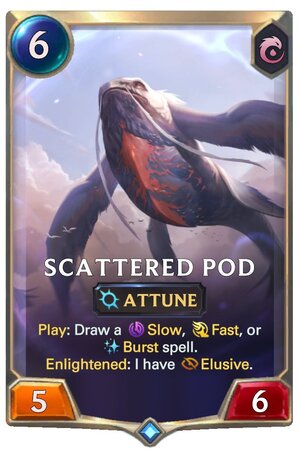
The late game of this deck belongs almost exclusively to the pod. Your default choice will be grabbing a Golden Aegis to swing the game even harder in your tempo turns, or steal lethal once the Pod hits Elusive.
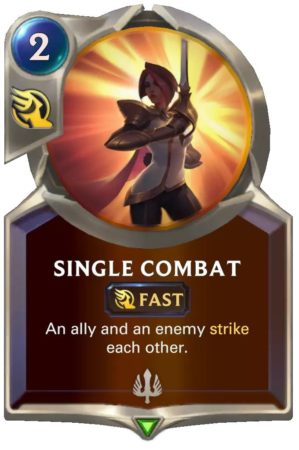
That’s far from everything it does though. You’ll note we’ve cut Deny from this list. What that means is that pod on Fast will always hit either Single Combat or Concerted Strike, offering up timely removal when you are stuck in a grindier game plan.
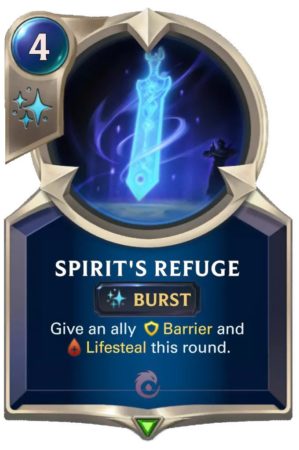
While Burst is probably the least often used of our choices, every once in a while, we will be very low on hit points and just have to roll the dice and hope our pod gives us a Spirit’s Refuge. Don’t underestimate the game-ending power of this card. A Pod on turn nine and a Pod on turn ten represent twenty Elusive damage all on their own.
Key Choices
![]()

Why Fleetfeather Tracker over Greenglade Caretaker? The answer is consistency. While Caretaker is an absolute beast, making sure you have those challengers to pair with Shen or Young Witch is a huge deal. Speaking of which.

What is Young Witch doing here? She acts pretty well as a makeshift fourth Shen in a pinch. Also you really never want to see two Greenglade Caretakers, so splitting up our two drop slot makes a lot of sense.
The same ends up being true of Sharpsight, Twin Disciplines, Spirit’s Refuge, and Riposte. Splitting the tricks is a good way to make playing around them all harder on your opponent. Deny has been cut for more combat tricks as the good targets for it wane, but this will always be a metagame call and it could certainly find its way back to the forefront again.

Last but not least, why is the Pod better than *insert other finisher here*? And the best answer I can give you is flexibility and consistency.
Other finishers have a single role they play, whereas this is a deck that chooses its role differently at different points of the game.
Pod fits that gameplan very well helping immensely with whatever you need whenever it comes down.
Tips
Always be evaluating the question “what am I trying to accomplish to win the game?” Sometimes it will be out-valuing your opponent, sometimes it will be out-tempoing them, sometimes it will be doing everything you can to survive till turn ten and letting your Elusive Pods do the job for you.
The answer to that will change based on your opponent’s deck and the current hand and board state, and being willing to change with it will give you added percentage points across the board. More than “Who’s the beatdown,” we want to ask, “what’s my most likely victory condition from here?”
Don’t be afraid to develop. Always ask yourself what your opponent’s development punishes are. What could they play to make your development a poor choice. If it’s sufficiently scary then perhaps that open attack is worth it, but just blindly open attacking loses more games than I honestly think any other variety of misplay I can think of.
Conclusion
If you liked playing Fiora/Shen and other newer counterparts you will probably enjoy this latest update. The play patterns are unique while remaining similar enough to spark the old nostalgia.
More than that this type of deck is very worthwhile to play for anyone who wants to improve at Runeterra as a whole. The types of decision-making processes needed for effective gameplay with this deck will translate well to almost any other archetype, and I cannot recommend it enough.
Thanks for reading! If you have any questions, feel free to ask WhatAmI during his streams (around 10AM PST basically every day).
WhatAmI streams at twitch.tv/xxwhatamixx around 10AM PST every day
Subscribe to our newsletter:
Don’t miss out on all of the latest LoR content!
 Download APP
Download APP